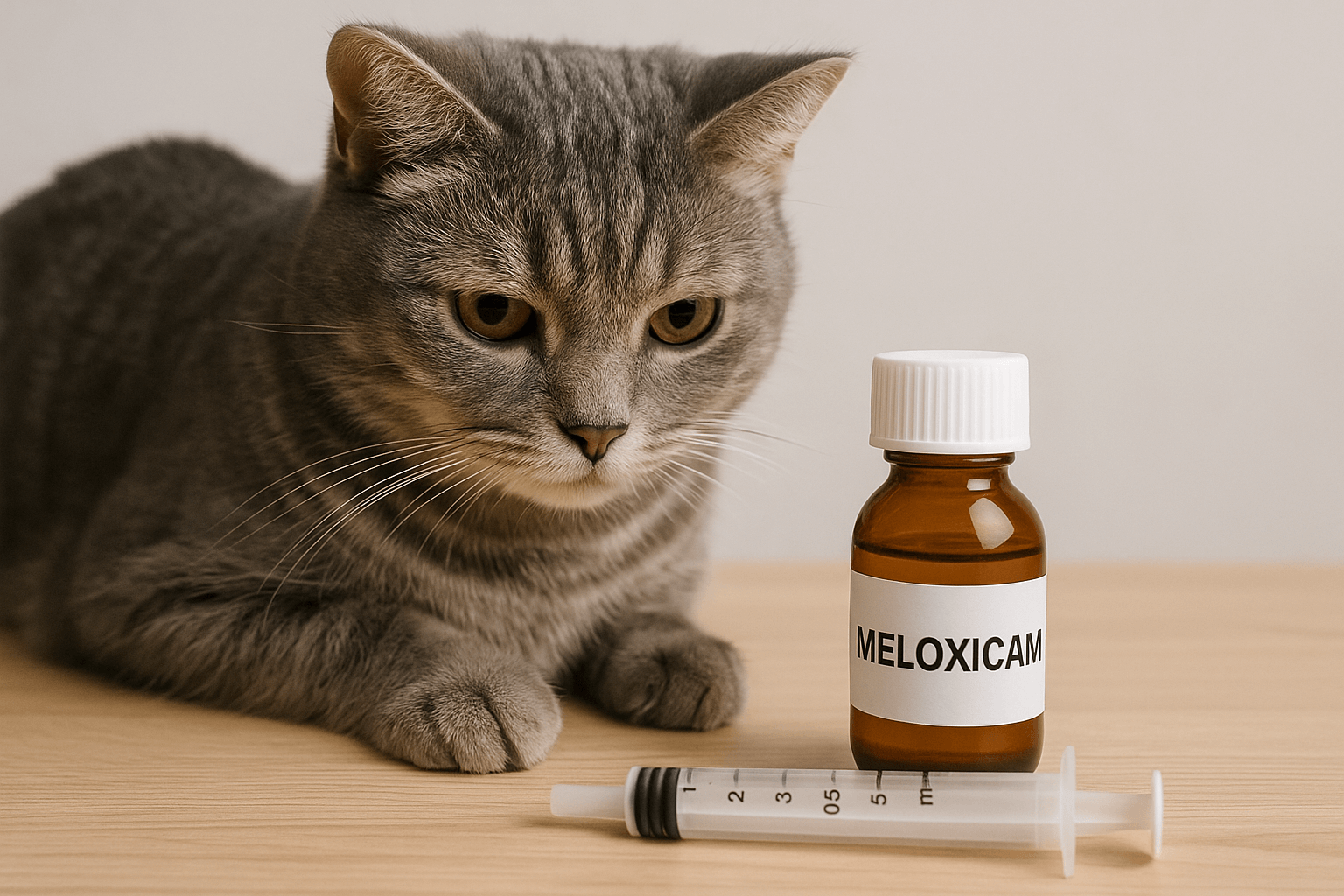Dog X-Ray Cost: What You Need to Know
When your furry friend is unwell or injured, an X-ray can be a vital diagnostic tool to determine the root cause of their discomfort. However, many pet owners are understandably concerned about the cost of dog X-rays and whether it fits within their budget. Factors such as location, veterinary clinic, and the complexity of the procedure can all influence the final price. Understanding what affects dog X-ray costs and how to prepare for them ensures you can make informed decisions about your pet’s health. In this guide, we’ll explore everything you need to know about dog X-rays, from pricing details to tips for managing expenses.
Factors That Influence Dog X-Ray Costs
The cost of a dog X-ray isn’t fixed—it varies depending on several factors. Knowing these elements can help you anticipate expenses and plan accordingly.
Type of X-Ray Procedure:
Simple X-rays for fractures or foreign objects are generally less expensive than advanced imaging like contrast X-rays or multiple views.Size and Breed of the Dog:
Larger dogs may require more extensive imaging, which can increase the cost due to additional time and resources needed.Location of the Veterinary Clinic:
Urban areas tend to have higher veterinary fees compared to rural regions, impacting the overall cost of X-rays.Urgency of the Situation:
Emergency X-rays performed outside regular clinic hours often come with higher fees due to after-hours staffing and equipment usage.Additional Services Required:
Sedation, anesthesia, or follow-up diagnostics may add to the total expense of the X-ray procedure.
Understanding these variables allows you to better estimate the potential cost of a dog X-ray based on your specific circumstances.

Average Costs of Dog X-Rays Across Different Scenarios
While prices can vary widely, having a general idea of average costs can help you budget for your dog’s medical needs. Here’s a breakdown of typical expenses based on common scenarios.
Basic X-Ray (Single View):
A simple X-ray focusing on one area, such as a limb or chest, typically ranges from $100 to $250.Multiple Views or Complex Imaging:
If multiple angles or detailed imaging is required, costs can rise to $300–$600 or more.Emergency X-Rays:
Urgent care clinics may charge $400–$800 for emergency X-rays due to the added cost of immediate attention.Sedation or Anesthesia:
If your dog requires sedation for the procedure, expect an additional $50–$200, depending on their size and health condition.Specialized Veterinary Clinics:
Referrals to specialty centers or teaching hospitals may result in higher costs, ranging from $500 to over $1,000 for advanced imaging.
These figures provide a realistic overview of what you might encounter when seeking X-rays for your dog.
Check this guide 👉X-Ray for Foxtail In Dogs: Best 7 Expert Tips!
Check this guide 👉Understanding Dog Chest X-Rays: Best 7 Health Tips!
Check this guide 👉Understanding Dog CT Scans: Best 7 Expert Tips!
Cost Factors for Dog X-Rays | Estimated Price Range |
|---|---|
Basic single-view X-ray | $100–$250 |
Multiple views or complex imaging | $300–$600 |
Emergency X-rays | $400–$800 |
Sedation or anesthesia | $50–$200 |
Specialty clinic referrals | $500–$1,000+ |
Ways to Reduce Dog X-Ray Costs
While X-rays are essential for diagnosing certain conditions, there are practical ways to manage or reduce the associated costs without compromising your dog’s care.
Pet Insurance Coverage:
Many pet insurance plans cover diagnostic imaging, significantly lowering out-of-pocket expenses for X-rays.Discount Programs at Clinics:
Some veterinary clinics offer loyalty programs, senior discounts, or payment plans to ease financial burdens.Shop Around for Quotes:
Contact multiple clinics in your area to compare prices and find the most affordable option for your needs.Preventive Care Measures:
Regular vet check-ups and early intervention can prevent costly emergencies that require urgent X-rays.Community Assistance Programs:
Nonprofits and charities dedicated to animal welfare sometimes provide financial aid for diagnostic procedures.
Taking proactive steps can help you save money while ensuring your dog receives the necessary care.
Signs Your Dog May Need an X-Ray
Knowing when to seek an X-ray is crucial for timely diagnosis and treatment. These signs indicate that your dog might benefit from imaging.
Persistent Limping or Lameness:
If your dog avoids putting weight on a limb, an X-ray can reveal fractures, joint issues, or soft tissue damage.Unexplained Swelling or Lumps:
Abnormal growths under the skin may require imaging to determine their nature and severity.Difficulty Breathing or Coughing:
Chest X-rays can help diagnose conditions like pneumonia, heart disease, or tumors affecting the respiratory system.Vomiting or Digestive Issues:
Abdominal X-rays can identify blockages, foreign objects, or gastrointestinal disorders causing distress.Trauma or Accidents:
After incidents like falls or car accidents, X-rays ensure there are no internal injuries or broken bones.
Recognizing these symptoms ensures prompt action, potentially saving your dog from further complications.
Benefits of Early Diagnosis Through X-Rays
Early detection of health issues through X-rays can make a significant difference in your dog’s prognosis. Here are some benefits of timely imaging.
Improved Treatment Outcomes:
Identifying problems early allows for faster and more effective treatment, improving recovery chances.Reduced Long-Term Costs:
Addressing minor issues before they escalate can save you from expensive surgeries or prolonged treatments later.Better Pain Management:
X-rays can pinpoint sources of pain, enabling targeted interventions to relieve discomfort quickly.Peace of Mind for Owners:
Knowing the exact cause of your dog’s symptoms reduces uncertainty and helps you focus on solutions.Prevention of Complications:
Detecting internal injuries or diseases early prevents secondary complications that could worsen your dog’s condition.
Early diagnosis through X-rays empowers both veterinarians and pet owners to act swiftly and decisively.
How to Prepare for a Dog X-Ray Appointment
Proper preparation can make the X-ray process smoother for both you and your dog. Follow these steps to ensure a successful appointment.
Fast Your Dog if Required:
Some clinics ask that your dog fast for a few hours before sedation to minimize nausea risks. Confirm this requirement beforehand.Bring Relevant Medical Records:
Providing your vet with past test results or imaging can help them interpret current findings accurately.Comfort Your Dog Beforehand:
Spend time calming your dog before the visit to reduce anxiety during the procedure.Ask About Sedation Options:
Discuss whether sedation will be used and understand its purpose to feel confident about the decision.Plan for Post-Procedure Care:
Arrange transportation and rest arrangements for your dog, especially if sedation is involved.
Being prepared ensures a seamless experience and minimizes stress for everyone involved.
Alternatives to Traditional X-Rays
In some cases, alternatives to traditional X-rays may be recommended based on your dog’s condition. Here are a few options worth considering.
Ultrasound Imaging:
Ultrasounds are non-invasive and ideal for evaluating soft tissues, organs, and fluid buildup.MRI Scans:
Magnetic resonance imaging provides detailed images of the brain, spinal cord, and other complex structures.CT Scans:
Computed tomography offers cross-sectional views, making it useful for intricate bone or joint assessments.Blood Tests and Lab Work:
Sometimes, blood tests can complement or even replace imaging by identifying infections, inflammation, or organ dysfunction.Physical Examinations:
For minor issues, thorough physical exams combined with observation may suffice instead of immediate imaging.
These alternatives expand diagnostic possibilities, allowing veterinarians to tailor their approach to each dog’s unique needs.
Frequently Asked Questions
Are dog X-rays safe?
Yes. Modern X-rays use minimal radiation, posing negligible risk to your pet.
Can I skip the X-ray if my dog seems okay?
Avoid skipping imaging if recommended by your vet—hidden injuries can worsen without treatment.
Do alternatives to X-rays exist?
Ultrasounds or MRIs may be used, but X-rays remain the gold standard for bone and structural issues.
Will pet insurance cover X-rays?
Most plans cover diagnostics, but check your policy for exclusions and deductibles.
Is sedation always required?
No. Calm, cooperative dogs may not need it, but anxious pets benefit from light sedation.
Prioritizing Your Dog’s Health Without Breaking the Bank
Dog X-rays are an invaluable tool for diagnosing and treating a wide range of health issues, ensuring your beloved companion receives the best possible care. While the costs can add up, understanding the factors involved and exploring options like pet insurance or community assistance programs can help ease the financial burden. By staying vigilant about your dog’s health and recognizing warning signs early, you can avoid unnecessary delays in seeking medical attention. Remember, investing in your dog’s well-being today can prevent more serious—and costly—problems down the road. With careful planning and informed decision-making, you can provide your furry friend with the care they deserve.
Cat Fever Treatment: Best 7 Expert Tips! Discover expert advice on identifying, managing, and treating fever in cats to ensure their quick recovery and well-being.
Understanding Meloxicam for Cats: Best 7 Expert Tips! Learn how to safely administer meloxicam, manage side effects, and ensure your cat's comfort with expert advice on feline pain relief.
Amoxicillin for Cat UTI: Best 7 Expert Tips! Discover safe usage, dosage guidelines, and expert advice on treating feline urinary tract infections effectively with amoxicillin.
Understanding Cat Cancer Treatment: Best 7 Expert Tips! Discover expert advice on managing feline cancer, from early detection to treatment options, ensuring your cat’s health and comfort.





